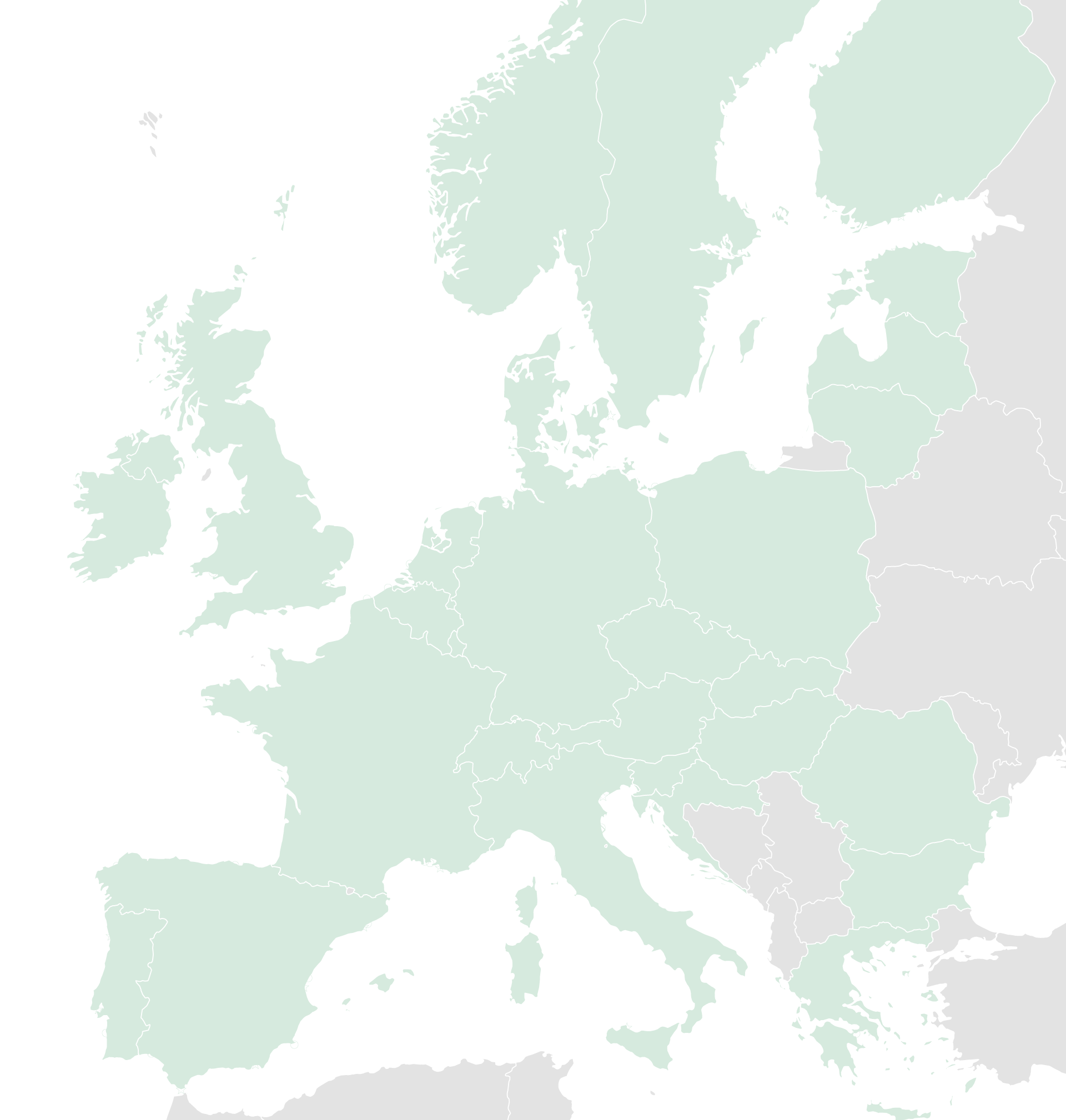REN - Redes Energéticas Nacionais, owns, under a regulated concession, and operates assets in two major business areas:
- The transmission of very high voltage electricity and overall technical management of the National Electricity System;
- The transmission of high-pressure gas and overall technical management of the National Gas System, the reception, storage and regasification of LNG, at Sines Terminal and the underground storage at Carriço Salt Caverns UGS
Additionally, besides a business area in telecommunications and as a shareholder in some international utility businesses, REN owns Portgás, which focuses its activity on the development and exploitation of the largest natural gas distribution network on the north coast of Portugal (about 5,493 kilometres).
Regarding the national public policy status, the Portuguese government has developed a national roadmap for Hydrogen (EN-H2) deployment as a key element of the energy transition towards carbon neutrality and focusing on achieving around 2GW of installed capacity, as well as decarbonise industry and injecting up to 15% of Hydrogen in the natural gas system. Additionally, Portugal has published legislation to convert the previous natural gas system to a Gas System, assuming that the assets must accommodate increasing mixtures of renewable gases and natural gas, converging to the development of a 100% Hydrogen system.
At the first stage (until 2030), it is expected that Hydrogen will be transported cross-country in the current gas infrastructure, blended with natural gas. Integrated (transmission, compression and storage) dedicated Hydrogen systems (Hydrogen valleys) are also expected to be developed in the main Portuguese industrial clusters, namely in the North (a large amount of chemical industry – which is already symbiotic) and in the South (Refinery, chemical and fuels).
Further conversion for 100% Hydrogen of current natural gas grid pipelines will be developed at a later stage depending on H2 market evolution. The in-between scenario would consist of some areas with a 100% Hydrogen network, while the remaining will have Hydrogen blended with natural gas.
In a future with 100% Hydrogen, a large part of the natural gas network will be repurposed.
In December 2022, in Alicante, Spain, the heads of state of Portugal, Spain and France together with the transmission system operators REN, Enagás, GRTgaz and Teréga, reached an agreement on the implementation of an undertaking to support the decarbonisation of European industry: the H2MED hydrogen project, which Germany joined at the end of January 2023. This project is an answer to EC RepowerEU communication
It is envisaged that H2MED acts as a corridor for green hydrogen, running from the Iberian Peninsula to the European supply network. Being a pure hydrogen project H2MED can be entitled to EU funds financing within the scope of the Projects of Common Interest, IPCEI, of the European Commission.
Portugal has also a storage potential (salt caverns) at the cross-section of the two main current natural gas backbone lines, which can be scaled up for Hydrogen storage.
Through a government resolution (RCM nr. 82/2022, dated 27th September 2022), the Portuguese government the UGS Operator, REN, to promote, within the scope of its regulated activities, the necessary steps to ensure the reinforcement of the storage capacity installed in Portugal in at least two additional cavities, namely through the use of its infrastructures, in order to:
a) Obtain a complementary amount of underground storage capacity in the Carriço infrastructures exceeding 1.2 TWh;
b) Allow accommodating in this underground storage all the security reserves or others that may be defined.
This complementary underground storage capacity is hydrogen ready.
By 2030, at least up to two dedicated industrial clusters (at the North and South of the country) could be supplied by dedicated 100% Hydrogen closed-loop integrated network systems with a length of around 20 km.
At this stage, REN expects further developments in blending demand to foster the Hydrogen accommodation in the gas grid and to promote the decarbonisation of the gas system (up to 15% of blended Hydrogen, in 2030 horizon).
From there the next step is to gradually switch the existing network to a fully 100% hydrogen network, coping with the Hydrogen and gas demand in Portugal. Hydrogen and natural gas demand evolution will be critical for this process, as the full switch from natural gas to Hydrogen, would require adaptation and investments on the utilization side.
From 2030 onwards a third IP connection to Spain, hydrogen ready, is expected to be in operation, the so-called CelZa interconnection, together with other enabling projects, allowing for an export capacity of 750 kton of green hydrogen/year. This project is part of the H2Med project, a pillar of RePowerEU as confirmed by the political agreement between the Heads of States of PT, FR, SP and DE.
From 2035 onwards, it is expected Portugal could receive and share hydrogen, through the northern IP connection to the Spanish Grid, by repurposing the actual gas transmission grid, depending on the development of the Spanish Hydrogen network.
From 2040 onwards, hydrogen import/export would also be possible through the east-west gas repurposed gas pipeline, considering the region existing good renewable hydrogen production potential.
By 2040, it is expected that approximately 40-50% of the grid could be repurposed and operated with 100% Hydrogen.
